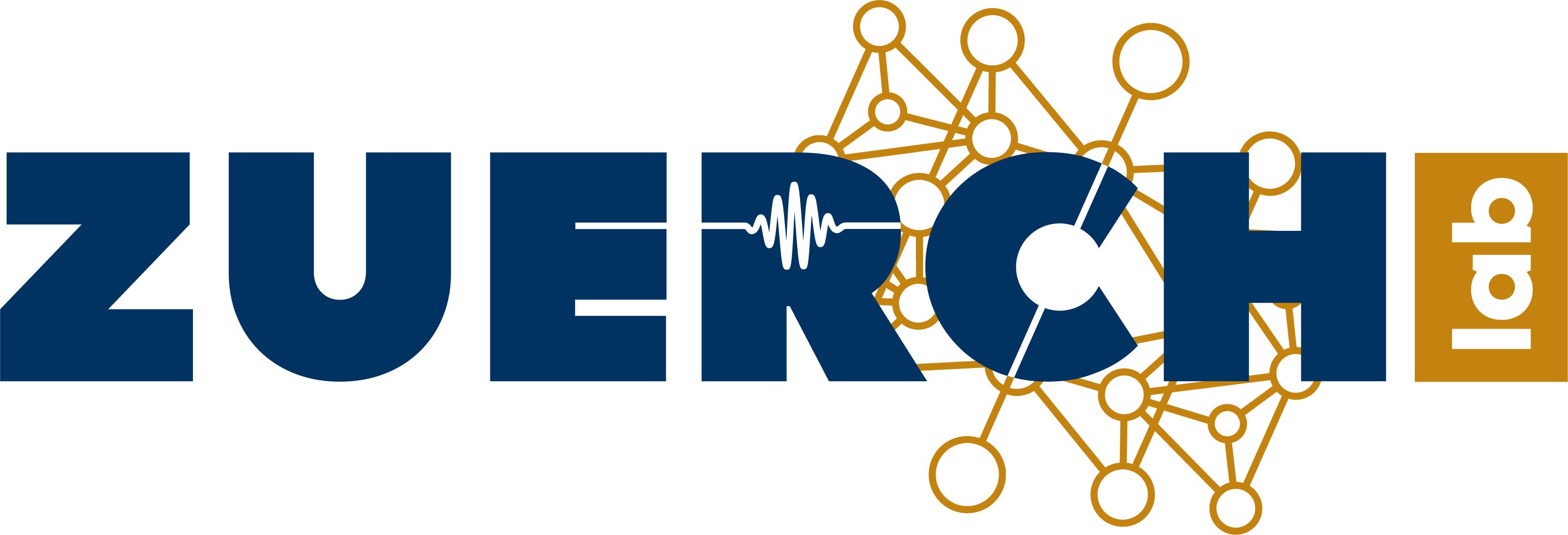Welcome to the

The Zuerch Lab at the University of California at Berkeley experimentally explores structural, carrier and spin dynamics in novel quantum materials, heterostructures and at material interfaces to answer current questions in materials science and physical chemistry. For this we pursue a multidisciplinary research program that combines the exquisite possibilities that ultrafast X-ray spectroscopy and nanoimaging offers and closely interface with material synthesis and theory groups. We employ state-of-the-art methods and develop novel nonlinear X-ray spectroscopies in our lab and at large-scale facilities. Specifically, we are interested in experimentally studying and controlling material properties on time scales down to the sub-femtosecond regime and on nanometer length scales to tackle challenging problems in quantum electronics, information storage and solar energy conversion.
Learn more about our research.
Latest news:

Michael has been selected as a fellow for the Scialog: Sustainable Minerals, Metals, and Materials program. This initiative, co-sponsored by the Research Corporation for Science Advancement and the Alfred P. Sloan Foundation, aims to advance sustainable practices in materials science. It’s an honor to be part of this interdisciplinary community of early career researchers from across North America, collaborating to address key challenges in sustainability.
For more details about the program, please visit the Scialog announcement page.

Solid-state high harmonic generation spectroscopy (sHHG) has emerged as a pivotal technique for delving into electronic structure, symmetry, and dynamics in condensed matter systems. In our latest manuscript, we introduce an advanced cryogenic sHHG spectrometer, uniquely designed with a vacuum chamber and a closed-cycle helium cryostat. With the aid of an in situ temperature probe, we’ve ascertained that the sample interaction region maintains cryogenic temperatures even during the application of high-intensity femtosecond laser pulses, which are responsible for generating high harmonics. Our approach paves the way for temperature-dependent sHHG measurements down to a few Kelvin. Such advancements in sHHG spectroscopy present a novel tool for investigating phases of matter that manifest at low temperatures, an area of particular intrigue for highly correlated materials.
Published article in the Review of Scientific Instruments:
https://pubs.aip.org/aip/rsi/article/95/2/023906/3267761/A-solid-state-high-harmonic-generation
Pre-print is available here: https://arxiv.org/abs/2309.01049

Under mild blue-light irradiation, α-acylated saturated heterocycles undergo a photomediated one-atom ring contraction that extrudes a heteroatom from the cyclic core. However, for nitrogenous heterocycles, this powerful skeletal edit has been limited to substrates bearing electron-withdrawing substituents on nitrogen. Moreover, the mechanism and wavelength-dependent efficiency of this transformation have remained unclear. In our most recent joint work between organic chemistry and photochemistry, we increased the electron richness of nitrogen in saturated azacycles to improve light absorption and strengthen critical intramolecular hydrogen bonding while enabling the direct installation of the photoreactive handle. As a result, a broadly expanded substrate scope, including underexplored electron-rich substrates and previously unsuccessful heterocycles, has now been achieved. The significantly improved yields and diastereoselectivities have facilitated reaction rate, kinetic isotope effect (KIE), and quenching studies, in addition to the determination of quantum yields. Guided by these studies, we propose a revised ET/PT mechanism for the ring contraction, which is additionally corroborated by computational characterization of the lowest-energy excited states of α-acylated substrates through time-dependent DFT. The efficiency of the ring contraction at wavelengths longer than those strongly absorbed by the substrates was investigated through wavelength-dependent rate measurements, which revealed a red shift of the photochemical action plot relative to substrate absorbance. The elucidated mechanistic and photophysical details effectively rationalize empirical observations, including additive effects, that were previously poorly understood. Our findings not only demonstrate enhanced synthetic utility of the photomediated ring contraction and shed light on mechanistic details but may also offer valuable guidance for understanding wavelength-dependent reactivity for related photochemical systems.
This research not only advances the synthetic utility of photomediated ring contraction but also sheds light on the mechanistic and photophysical aspects of photochemical systems. This work was jointly done between the Sarpong group, colleagues from Merck and Abbvie, and our group.
Published manuscript in the Journal of the American Chemical Society:
https://pubs.acs.org/doi/10.1021/jacs.3c13982





